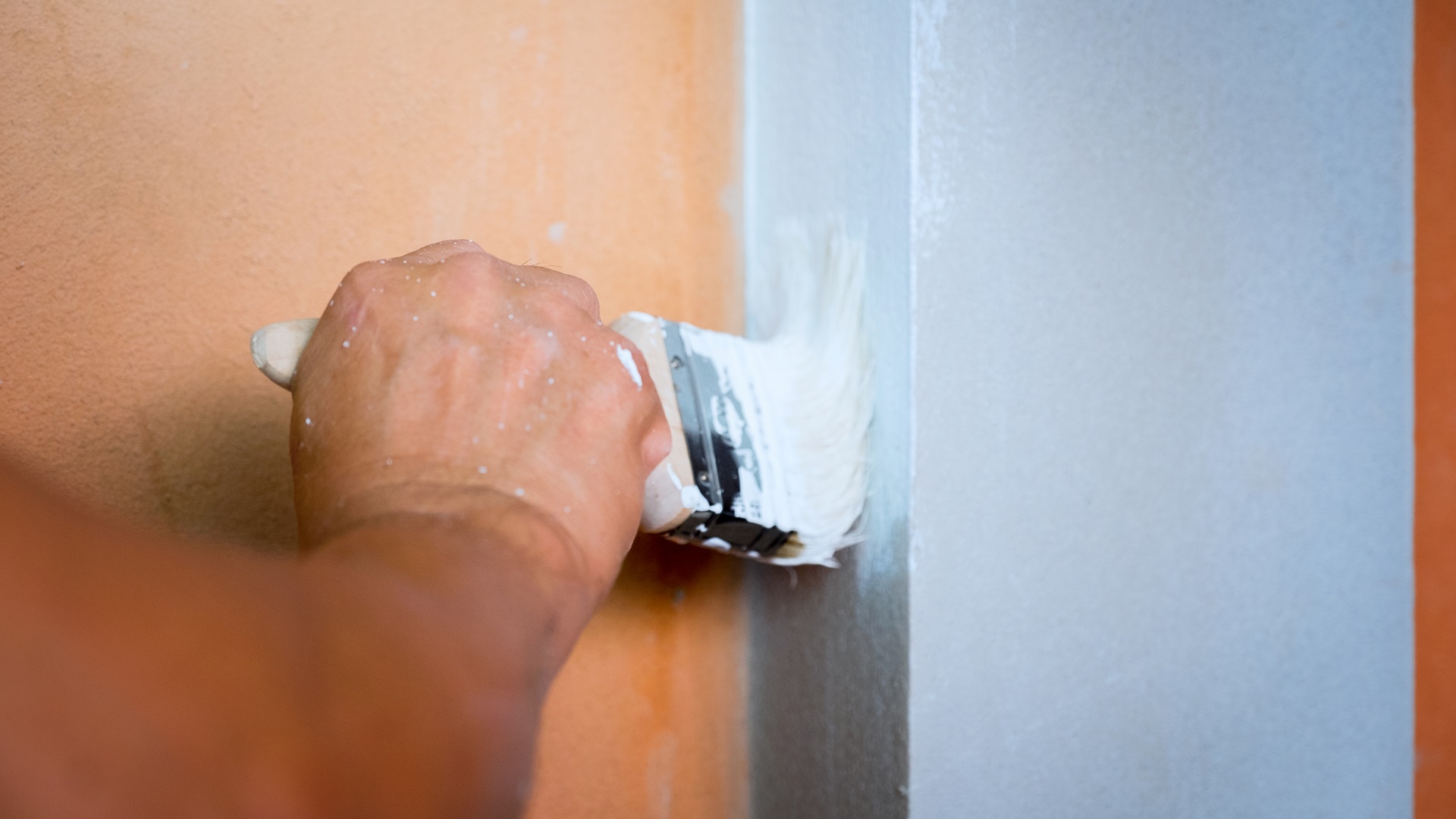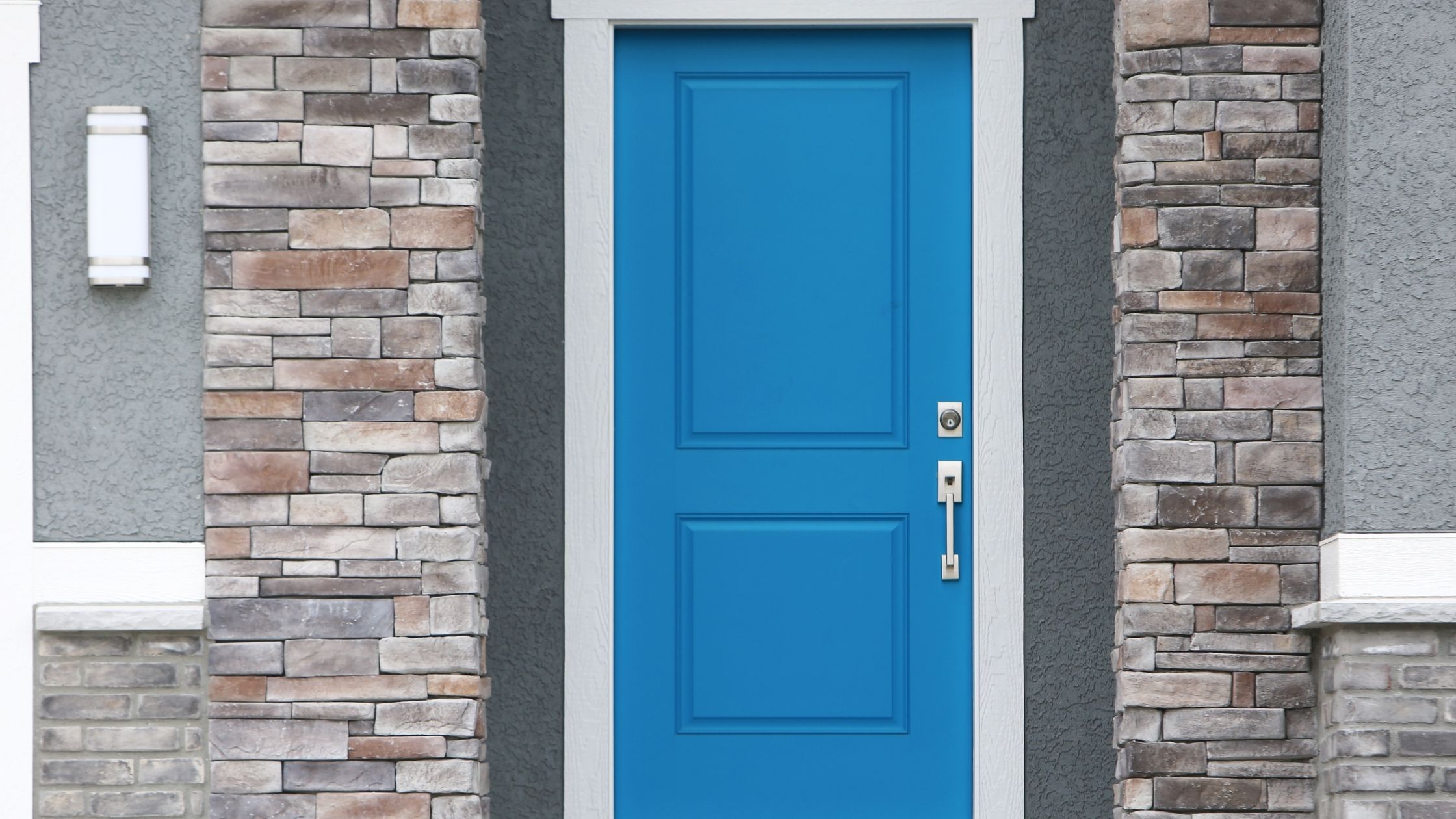World Health Organization estimates that 1.6 million people died of lead poisoning in 2017 alone (WHO). The figure is alarming and raises a lot of questions. So yes, you should be worried about lead paint.
That said, we need to take a careful look at what lead poisoning is and how lead-based paints affect us. Because the more we know about the implications of using lead-based paints, the better we can deal with the situation.
What is Lead Poisoning?
Simply put, Lead Poisoning refers to the adverse effects of the lead on the human body.
Lead is a naturally occurring heavy metal. Trace amounts of lead are present in water, in air, and even in our teeth. Over time, if we are not careful, our exposure to lead increases. Increased exposure results in a buildup of lead in our bodily systems.
Any amount of lead in the body has adverse effects. For instance, according to the WHO and CDC, lead concentration as low as 10 micrograms per deciliter can still cause severe health issues. These issues include but are not limited to heart diseases, hypertension, poor growth, and anemia.
In other words, there is no threshold below which lead is safe.
Finally, saying lead paint is a health hazard is an understatement. It may not be readily noticeable but lead-based paints can have life-changing consequences for people exposed to them.
Why Should you Worry About Lead Paint?
Let us start by looking at times when you should not worry about lead paint:
- If your house was built after 1992, then you should not worry about poisoning from lead-based paint. The U.K banned the sale of lead-based paint in 1992 (Wikipedia)
- The paint is completely intact and isn’t wearing out. In other words, even if your house was built before 1992, if the paint has suffered no wear and tear, then you don’t need to worry about it
Let’s suppose the above scenarios don’t work out for you, then you do need to worry about lead-based paint.
First up, lead-based paint in poorly kept houses can easily become the cause of lead poisoning. Lead-based paint undergoing wear and tear gives rise to airborne particles. When mixed with dirt, these particles can settle on surfaces such as kitchen counters and toys. And you can imagine how easily a particle can travel from a kitchen counter into your body.
The situation is even worse for houses with kids. Children have a habit of putting their toys in their mouths. Couple this with the fact that children often eat dirt and you can see how easy lead can build up in their bodies. And you don’t want to expose anyone let alone your kids to lead.
Effects of Lead Build Up:
Increased buildup of lead in the body has been linked to conditions like Hypertension, Cardiovascular diseases, Brain damage such as memory loss, and stroke among many others. The effects are more pronounced in children and pregnant women.
Children are at an increased risk of lead poisoning because their nervous system is still developing. This developmental cycle is vital for the normal functioning of the brain in the future. As a result, lead poisoning in children can have effects like low IQ, stunted growth, behavioral changes like low attention spans, and antisocial behavior. In severe cases, lead poisoning can cause a coma and even death.
In addition to adverse effects like hypertension and immunotoxicity in pregnant women, the growing fetus also gets affected. These effects include poor fetus growth, premature delivery, and complications in pregnancy. In severe cases, stillbirth and miscarriage are not uncommon.
All of this begs the question:
How do you find if your house has lead-based paint?
The easiest thing you can do is to do a swab test. There are many EPA approved testing kits on the market that tell you whether your house has leachable lead in paint or not. So, use them and test every surface.
After you are done with the test, it is time to do something about it.
Dealing with Lead Paint
The safest and easiest way to deal with lead-based paint is to hire a professional. Certified painters will remove lead-based paint without putting anyone in danger. So, if you can spare the money, hire a certified painter.
Notice the word ‘certified’ because these are the only painters that know how to deal with lead-based paint safely. Moreover, the authorities will penalize uncertified painters dealing with lead.
Now, if you can’t afford an abatement and a paint redo, you can do some damage control yourself. Just paint over the existing layer where you see wear and tear. It will do you good if it is in good condition. But it won’t hold forever, so try to be quick with the redo.
And finally, when choosing to repair the paint yourself, be sure to practice caution. Use a filtered mask and try to keep the particles from becoming airborne.





